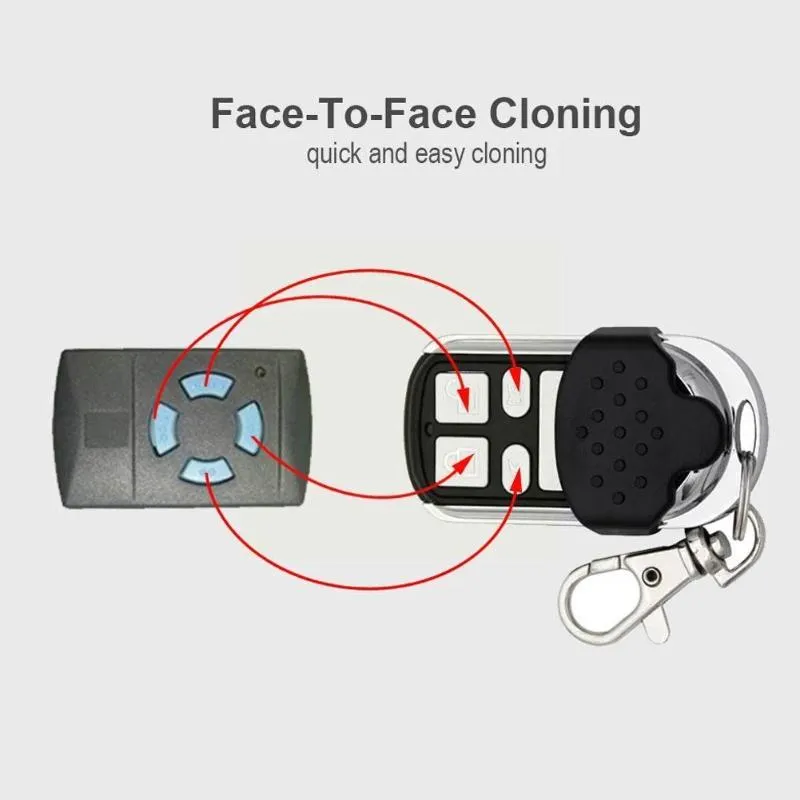

RARα structure parallels that of other nuclear receptors and is divided into 6 evolutionarily conserved domains (A through F Fig 2). We will also examine how the recent explosion of knowledge in APL has led to the development of new therapeutic agents such as arsenic trioxide 16, 17 and sodium butyrate. Finally, we will reconstruct the disease of APL and examine the leukemogenic functions of the RARα fusion proteins in cell culture models, animal models, and patients. We will examine each of the genes fused to the RARα in APL, searching for similarities and differences among the four partner proteins that may explain the distinct clinical outcome some patients with variant forms of APL. In this review, we will deconstruct the APL problem by evaluating the role of RARα in normal and neoplastic myeloid development. This again highlights the importance of retinoid metabolism, but also suggests that partner genes with RARα could also play important roles. Although this hypothesis is essentially correct, 7 years of intense investigation of the APL model have begun to uncover a more complicated picture.ĪPL is now associated with four different gene rearrangements, fusing RARα to the PML, promyelocytic leukemia zinc finger (PLZF), nucleophosmin (NPM), or nuclear matrix associated (NuMA) genes (Fig 1), leading to the formation of reciprocal fusion proteins (N-RARα and RARα-N). According to this line of reasoning, retinoic acid in pharmacological doses could then overcome this pathology, leading to in vivo differentiation and clinical remission. 10-15 These data suggested that disruption of RARα function was the major cause of APL. In 1991, it was discovered that the consistent chromosomal translocation of APL, t(15:17), 9fused the retinoic acid receptor α (RARα) gene to the promyelocytic leukemia (PML) gene on chromosome 15, yielding the fusion protein PML-RARα. At that time, it became apparent that APL was, among the forms of acute myeloid leukemia, uniquely sensitive to all- transretinoic acid (ATRA) 1, 2 and clinical trials indicated that ATRA induced complete remissions by differentiation and eventual elimination of the malignant clone (reviewed previously 3-8). Following CloneX #4594, the second-highest sale of a Clone X avatar occurred at $672K.IN THE LATE 1980s and early 1990s, the elucidation of the molecular basis of acute promyelocytic leukemia (APL) emerged as a paradigm for the connection between the bench and bedside. The NFT project has a large trading volume of $90.5 million and over 8000 owners. Each trait is impressively realistic thanks to RTFKT’s collaboration with the Daz 3D platform. As a result, the Clone X avatars have a variety of clothing styles, accessories, and distinct haircuts. Murakami, in fact, has contributed to the collection by designing numerous colourful traits in his signature style. Takashi Murakami, the legendary Japanese artist, inspired the name. Within the metaverse, collectors can use each avatar for video, gaming, social media, and other types of content. More about the NFT projectĬlone X is a collection of 20,000 3D NFT avatars, each with its own set of characteristics. Meanwhile, the NFT community is ecstatic about the purchase and has praised the collection as well.

Currently, the floor price of the CloneX NFT project is 14.8 ETH.

Given that, Twitter user bought the NFT via OpenSea. Talking about the NFT, CloneX #4594 contains some rare traits such as White Octopus ( WHT-OCTOPUS) hair with 0.43% rarity and Murakami DNA trait – 0.51%. Image Credit: Twitter The first Million dollar CloneX purchaseĪs mentioned CloneX #4594 was purchased for $1.25 M. This is the first million-dollar Clone X purchase. On February 1st, a CloneX NFT was sold for a whopping 450 ETH ( $1.25M).


 0 kommentar(er)
0 kommentar(er)
